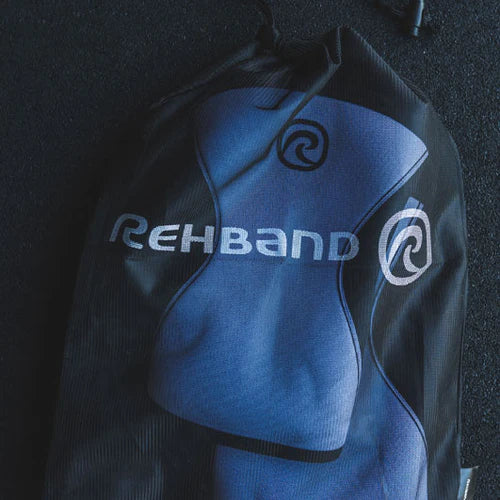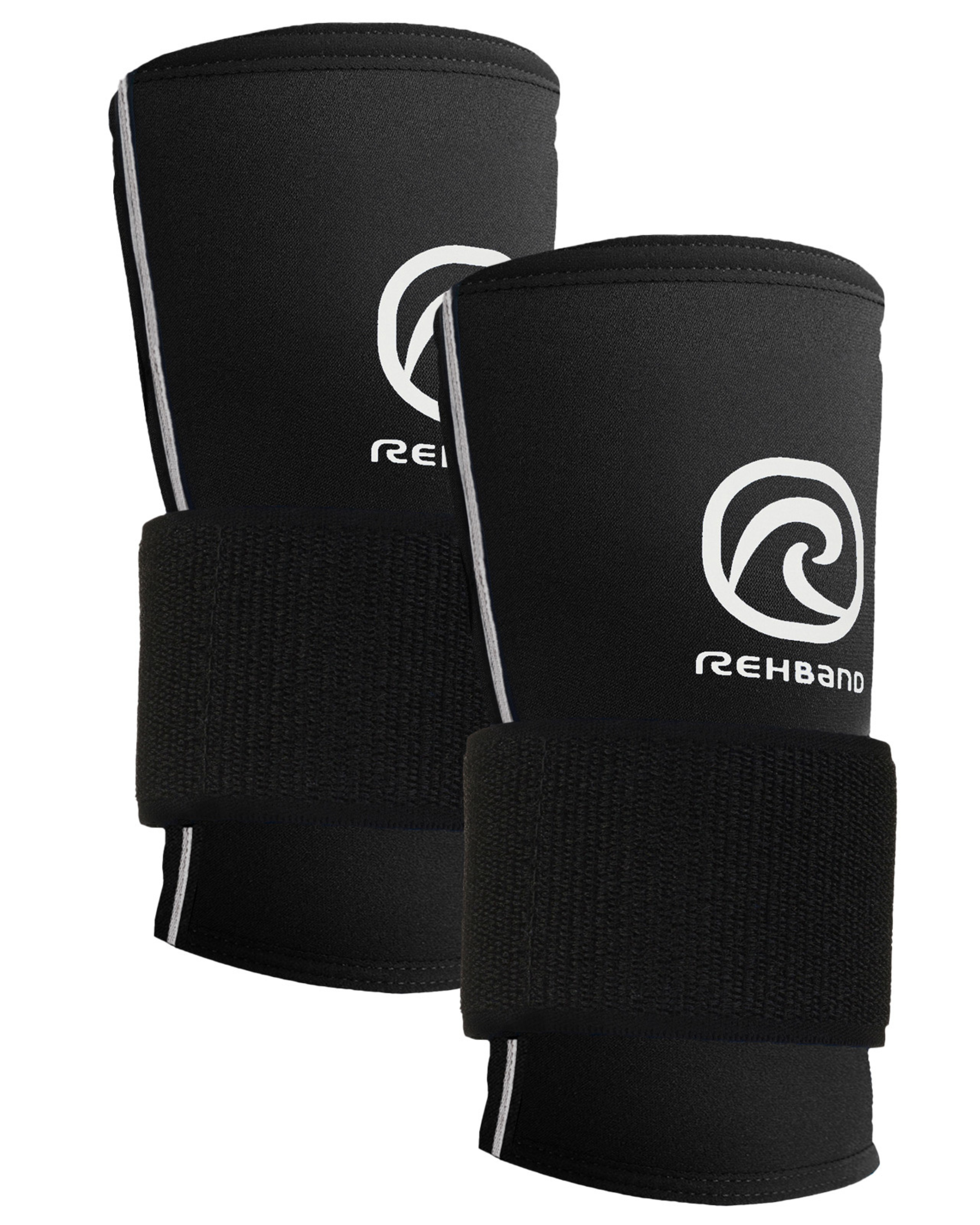Capire l'artrite dell'articolazione basale
L'artrite dell'articolazione basale, comunemente nota come artrite del pollice, colpisce l'articolazione carpometacarpale (CMC) alla base del pollice. Questa articolazione consente un'ampia gamma di movimenti del pollice, essenziali per afferrare, pizzicare e prendere. Con il tempo, la cartilagine che ammortizza le estremità delle ossa di questa articolazione può deteriorarsi, portando all'osteoartrite. Quando la cartilagine si consuma, le ossa possono sfregare direttamente l'una contro l'altra, causando dolore, gonfiore e riduzione dei movimenti. Questa condizione è particolarmente diffusa tra le donne sopra i 40 anni, anche se può colpire chiunque. Fattori come l'uso eccessivo dell'articolazione, lesioni precedenti o predisposizione genetica possono aumentare il rischio di sviluppare l'artrite dell'articolazione basale.
Impatto sulle attività quotidiane e sullo sport
Per le persone che praticano sport o attività che richiedono una forte presa e destrezza, l'artrite dell'articolazione basale può essere particolarmente debilitante. Il dolore e la rigidità associati a questa patologia possono ostacolare le prestazioni in sport come il tennis, il golf o l'arrampicata, dove la forza e la flessibilità del pollice sono fondamentali. Anche le attività di routine, come aprire barattoli, girare le maniglie delle porte o scrivere, possono diventare impegnative. I primi sintomi possono essere un fastidio durante o dopo l'uso del pollice, una diminuzione della forza della presa o un gonfiore evidente alla base del pollice. Con il progredire della patologia, può svilupparsi una prominenza ossea sopra l'articolazione e il pollice può gradualmente spostarsi dalla sua posizione normale, limitando ulteriormente la funzione. Riconoscere tempestivamente questi segnali e richiedere un trattamento adeguato può aiutare a gestire i sintomi e a mantenere uno stile di vita attivo.









